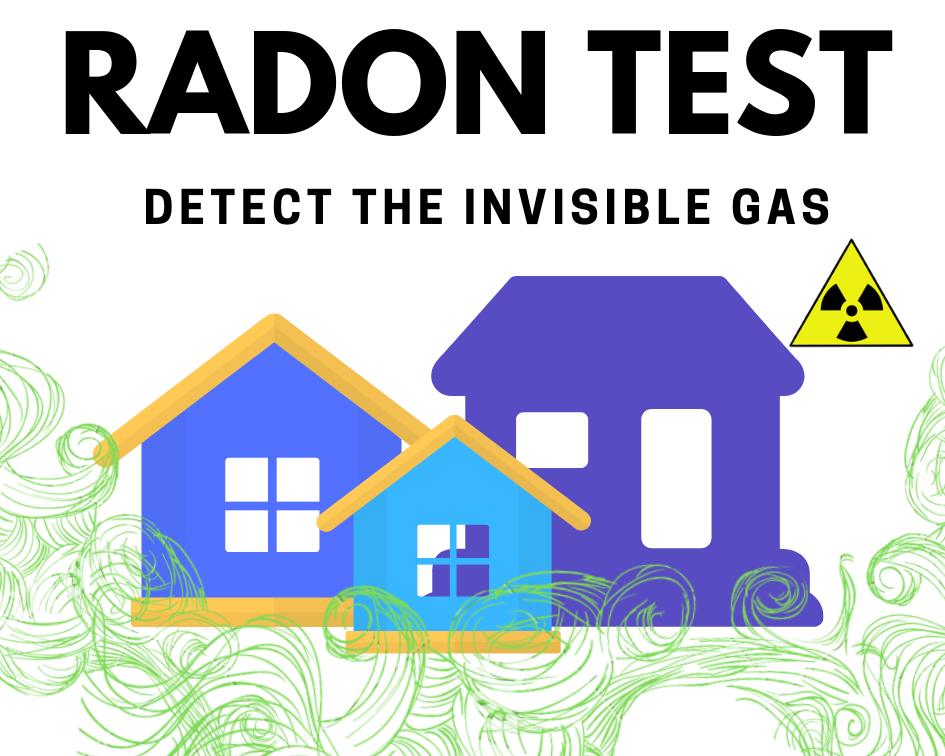Adventures in Home Owning: National Radon Action Month

Dear Homeowner,
Last week we discussed the what’s what of radon for National Radon Action Month. However, this week we’re going to look more in depth at the action part of January: what you can do, as a homeowner, to determine the levels of radon in your home, and ensure the safety of yourself and your loved ones.
If you are in the process of buying or selling, most home inspectors will offer radon testing for a small additional cost. However, even if you are not in the midst of changing homes, a radon test is still a relatively affordable buy at a local hardware or homegoods store. A shorter-term radon test can be purchased for around $15 from a store such as Home Depot, Lowes or even Amazon online. These tests are usually placed for a period of 1 to 2 days before being sent off to a lab to determine results. Depending on the results you receive, you may wish to conduct an additional short-term radon test, or a longer-term test which can measure the radon rates over the span of several months to a year. When placing these tests, it is important to secure them in the area of the house that functions as the most heavily populated area nearest to the source of radon. For some, this may be the basement if it is furnished. For others, it may be the rooms directly above.
If you’ve gone through several sessions of testing and are still not comfortable with the levels of radon within your home, there are several approaches you can take to remedying the situation. Shy of hiring a contractor to fully renovate the basement and foundation of your house, you can tackle the sources of radon exposure independently. If you have cracks in your foundation, or gaps in surface-level walls, make sure those are filled with polyurethane caulk. This will prevent the gas from seeping in through small fissures and openings. Crawlspaces and areas beneath closed-in porches that are directly over soil can be blanketed with plastic sheeting and tacked tightly to the edges of the walls. If your basement has a sump pump used to drain any excess water from your home, be sure to attach an airtight cover to it that will stop any unwanted radon flow.
After taking these preventative measures it’s always a good idea to test your home again. If the level of radon has remained the same, or has not decreased to the amount that makes you comfortable it may be time to bring in a contractor experienced with fortifying homes against radon. This contractor will work closely with you to sure up your home against future issues and ensure that the air within is cleare, breathable, and most importantly, healthy.
Until next time, homeowner!
